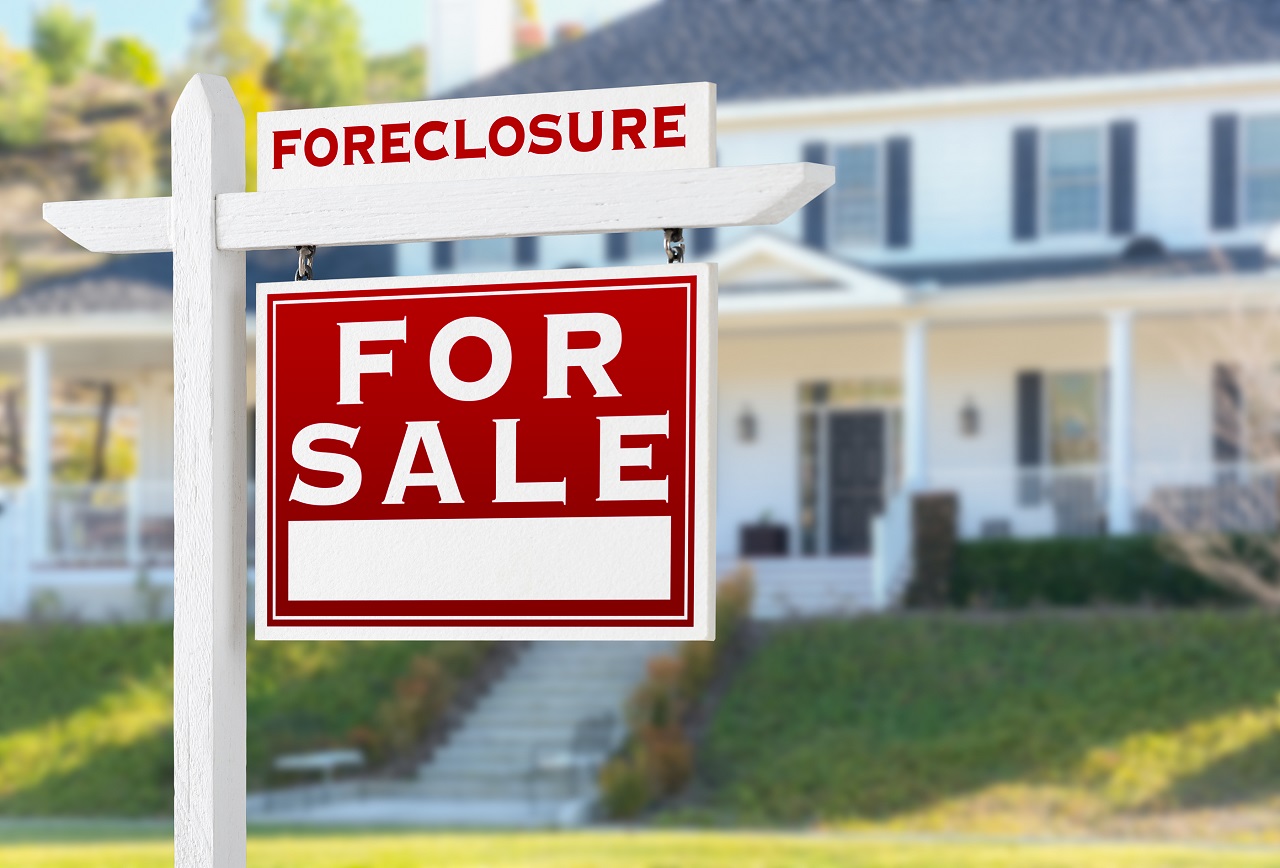What Is the Foreclosure Process in Texas?
 Nobody likes to think about it, but foreclosures happen every day. Each state has its own regulations that govern the process. In Texas, things are simpler than in most states. If you fall behind on your mortgage payments, the bank can sell your house. However, there are a few steps that occur along the way, and you can see them mapped out below.
Nobody likes to think about it, but foreclosures happen every day. Each state has its own regulations that govern the process. In Texas, things are simpler than in most states. If you fall behind on your mortgage payments, the bank can sell your house. However, there are a few steps that occur along the way, and you can see them mapped out below.
Falling Behind on Payments
The process begins with a late payment. Plenty of people fall behind on their mortgage without going into foreclosure, but technically, even a single late payment puts you in this phase of the process.
It’s important to know that you have the ability to catch up on payments without even getting close to actual foreclosure. That said, if you think that you won’t be able to catch up, you need to talk to the lender. It might be possible to enter into a new payment plan (called modifying the loan). Most banks would prefer to modify the loan rather than go through foreclosure.
So even though the process starts with a late payment, you have plenty of opportunities to avoid foreclosure at this point. You just have to be proactive.
Receiving a Notice of Default
A major point of escalation comes with the notice of default. This notice is when the formal process of foreclosure begins, and you are on a clock to resolve your loan delinquency. For most mortgages in Texas, the bank cannot issue this notice until your account has been delinquent for at least 120 days. But there are exceptions depending on the circumstances of the loan. At the extreme end, the bank can issue a notice of default just 21 days after delinquency begins.
Regardless, once you receive this notice, you have 20 days to fix the default. If you do not, the foreclosure will continue, and you will lose the house.
At this point, you can still work with the bank to resolve the default. In fact, that’s often the best thing to do. The loan can still be modified, or you might even be able to sell the house to try to pay off the loan and recoup some of the money you have invested into the property.
At a minimum, you can talk to the bank and see what they say. It’s a starting point that helps you understand your options. Even after a notice of default, the bank would rather see you catch up on your mortgage payments than anything else. It’s much easier for them.
Moving to the Notice of Sale
The 20 days after your notice of default is called the cure period. If you cannot resolve the situation during that time, the lender can move towards selling the property. If they go with that option, you will get another notice at this point.
When you receive the notice of sale, there is a 21-day clock. Once that period finishes, the bank can sell your house. These 21 days are intended to give you time to vacate the premises. If you’re still there after the sale, you are legally trespassing.
Even at this stage, negotiations have their value. You can’t keep the house anymore, but you can talk to the bank about when you move out of the property. Some will afford a small amount of flexibility and might work with you on a schedule that doesn’t perfectly fit into that 21-day period.
The Foreclosure Sale
This is where the house is sold by the bank at auction. In Texas, the lender has the full right to sell your house once it reaches foreclosure. The property will be sold to the highest bidder, and the bank keeps the proceeds in order to cover the remaining balance on the loan and the costs of conducting the sale.
Technically speaking, if there is excess money after foreclosure, the mortgage lender won’t keep it (this is uncommon). Instead, it will go to pay down any other liens on the home. If there are no other liens, the former homeowner gets the excess.
If the house doesn’t sell for enough to cover the mortgage, there is a deficiency. In this case, the lender can sue you for the right to charge you the difference. That’s a whole separate court process and fairly involved. The short version is that you could be on the hook for money to the bank even after foreclosure.
Nobody wants to go through foreclosure. If you’re up against the wall, seek out help. We Buy Austin Houses regularly works with Austin homeowners going through the foreclosure process. We can help you explore your options and find a good solution that may involve selling the home yourself to avoid foreclosure.

 512-598-9341
512-598-9341 
